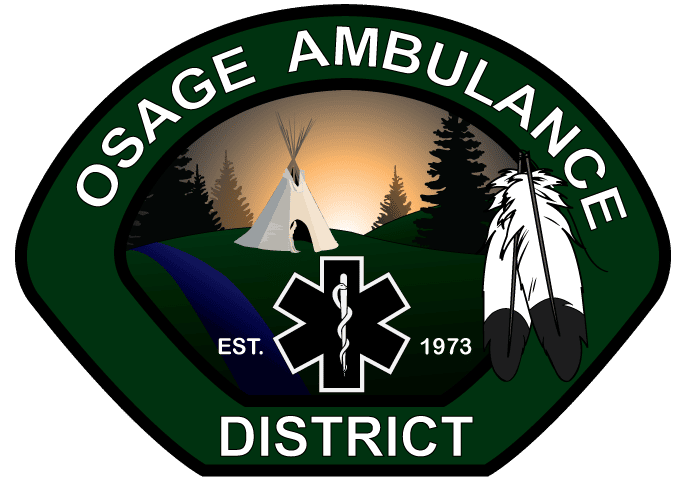Texas Winter Storm
Date of Deployment: February 20, 2021
In February 2021, the state of Texas suffered a major power crisis, which came about during three severe winter storms sweeping across the United States on February 10–11, 13–17, and 15–20. The storms triggered the worst energy infrastructure failure in Texas state history, leading to shortages of water, food, and heat. More than 4.5 million homes and businesses were left without power, some for several days. At least 246 people were killed directly or indirectly, with some estimates as high as 702 killed as a result of the crisis.
State officials including Republican governor Greg Abbott initially blamed the outages on frozen wind turbines and solar panels. However, data showed that failure to winterize power sources, like wind turbines and natural gas infrastructure, had caused the grid failure. Texas’s power grid has long been separate from the two major national grids to avoid federal oversight, though it is still connected to the other national grids and Mexico’s; the limited number of ties made it difficult for the state to import electricity from other states during the crisis. Deregulation of its electricity market beginning in the 1990s resulted in competition in wholesale electricity prices, but also cost cutting for contingency preparation.
The crisis drew much attention to the state’s lack of preparedness for such storms, and to a report from U.S. federal regulators ten years earlier that had warned Texas that its power plants would fail in sufficiently cold conditions. Damages due to the cold wave and winter storm were estimated to be at least $195 billion, likely the most expensive disaster in the state’s history. According to the Electric Reliability Council of Texas (ERCOT), the Texas power grid was “seconds or minutes away from” complete failure when partial grid shutdowns were implemented. During the crisis, some energy firms made billions in profits, while others went bankrupt, due to some firms being able to pass extremely high wholesale prices ($9,000/MWh, typically $50/MWh) on to consumers, while others could not, as well as this price being held at the $9,000 cap by ERCOT for allegedly two days longer than necessary; creating $16 billion in unnecessary charges.

